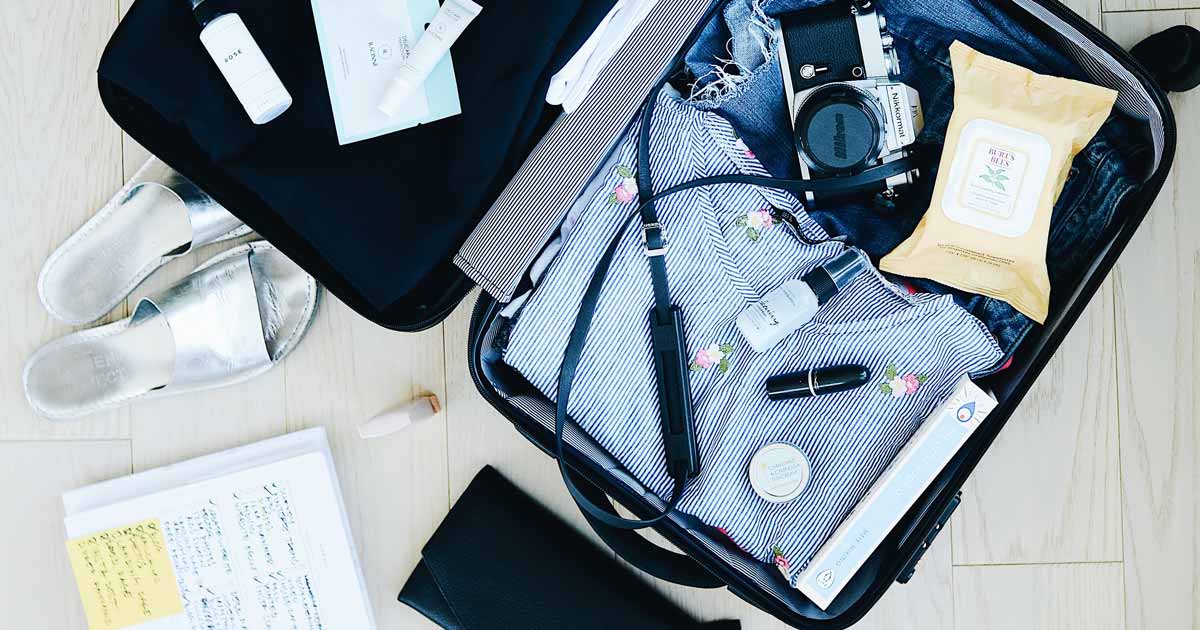Can Your Customer Find You Without a Map?
When I was young, my favorite part of our family vacations was sitting in the front seat and being responsible for our AAA TripTik as my dad drove.
For those of you too young to understand, your local AAA office would put together a customized flip booklet based on your planned drive. The AAA agents would go to a set of shelves in the office and pull out multiple pages of maps, hand stamp little Xs where we would see construction sites along the way, and bind the whole thing up in a booklet.
My mom wasn't a good map-reader. So, as the oldest of three kids, the job fell to me. It was always exciting when we got to the bottom of a TripTik page and turned to the next set of maps—it meant we were that much closer to our destination.
Are maps still important to consumers?
Obviously, we have changed the way we access directions as we travel. Most of us have smartphones that can give us turn-by-turn directions. Except for the rare story of someone that drives into a pond or through a construction barrier, apps like Google maps work great for travelers.
But I think printed maps are still very important. Over 65 percent of us are visual learners, which means we need to see something in order for our brains to process it most effectively. (That explains why I did so poorly in my English History class in college, which consisted of a nonstop one-hour lecture, every class. But I digress.) Maps are a prime example of how the majority of our visitors learn about us. It is how they figure out where one location is in relation to another.
One great example: Colorado.
I am heading to Denver, Colorado, for a convention next month. My partner is flying out when I am done and we are going to take a few extra days to travel around. I looked on the Colorado and VisitDenver sites for information, but still went ahead and ordered printed guides. I received them in the mail quickly and even pulling them out of my mailbox got me excited—vacation!
When we sat down one night, we used the map in the guide, along with the website to explore some options. So, I will remind all of you how important it is to have a good map inside your guides. We will pack these printed guides and use them, along with Yelp, TripAdvisor and other online resources when we are there.
But here is what I liked about the Colorado guides: They had a small locator map for each destination within the state.
How smart for those of us who don't know the geography of the state. Don't ever assume consumers know anything about your destination.
Maps for tour professionals?
But do we still need maps when we are speaking to tour operators or others in the travel trade?
Definitely.
The majority of them are visual learners as well. We have a limited amount of time to meet with them, so being able to lay the groundwork quickly as to your location is key.
The graphics team at the museum where I work is amazing. They put out design work to support most of the departments in the museum. They are young, talented and have multiple monitors they work off all day long. But they don't know my customers—both consumers and trade—as well as I do. There have been many discussions about how we don't need maps on advertisements or tradeshow banners anymore because "everyone uses their phones for maps." But that isn't how we sell a destination. We need to be able to show our potential business partners where we are located and what other areas are nearby. So, I push back and get maps on all my collateral, even if it is just an outline of New York state with a few cities noted.
Ads in trade publications.
For some reason, many of the advertisements I see in trade publications for the group tour industry don't have good information on their location. Rarely is there a basic map or a phrase like "located in the southwest corner of X state," which would at least give a sense of the location. I often see "a must-see stop in Y state" or "best group tour stop in Z state." But these ads would force a new customer to have to search a location in order to see if it would work in one of their tours.
Don't make a tour operator have to work to find you!
Final thoughts.
Start a file of advertising and guides from other destinations that show maps being used effectively. When you travel on vacation (you do take a vacation, right?), order guides in advance and pick up brochures and maps when you are at the destination.
And if you see a great idea?
Make sure to share it with your ad agency or in-house team. They need to see best practices from across our industry, so they can help you make your destination or attraction easy for visitors to find.
Written by Sally Berry, The Attractions Coach. This article originally appeared on The Attractions Coach.



